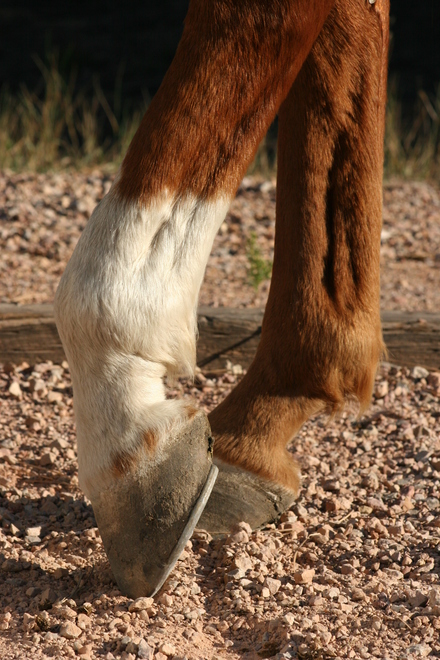
What are some tips for caring for horses?Īny rider knows that animal care plays a big role in his health. And most importantly, a healthy horse is cheerful and cheerful. A healthy horse drinks moderately, it also spreads moderately throughout the body, and that is, there are no sharp differences in temperature between body temperature, ears, and nose. Her mane, tail, and fur glisten and have certain smoothness.

A healthy horse behaves cheerfully, has a good appetite.
#Lame horse full#
This concept means a horse without injuries and illnesses, generally a healthy horse, full of strength and energy. For horse owners, it is very important to monitor the health of the horse so that under no circumstances will lameness become unsoundness. And the unsounded horse is the concept of an unhealthy horse with more complex problems. Thus, it can be understood that the lame horse is a horse with temporary or partial problems that are not long-term and do not interfere with normal life. One of the manifestations of unsoundness are problems with hearing and vision. It is also a horse with some abnormalities of the nervous system that prevent it from functioning normally. In the first place, an unsounded horse is a horse that has been injured, is not treated and will accompany it throughout its life. Unsoundness, in turn, is a more general term for many health problems, both mental and physical. Also, by lameness we can mean some small problems and shortcomings, such as a special gait or a method of movement, but which at the moment do not interfere with the horse’s normal existence. If our horse is tired, depressed for some time, then it is also lame. If the horse is sick, hurt, injured, it is lame for a week or even a month, but in the end, it is treated, then our horse is lame.


We have our own headcollars, lead ropes and feed. If your horse is staying overnight please bring whatever stable rugs he/she normally wears. We rarely need to see horses ridden, unless the complaint is only apparent under the saddle, in which case please bring saddle and bridle. You should check with your own vet, but unless your horse is very sore we need to see him/her without the possible masking effects of painkillers. Many horses will rapidly become lame if trotted on a hard surface with no shoes, which will complicate our examination.įor radiography of the feet we need to remove the shoes, and a small fee is charged for this. If your horse is normally shod then that is how we need to examine him / her. Most clients find it convenient to stable their horse with us for one or two days if the examination lasts more than a few hours. In many other cases the examination may take several days.įor example, we have to wait for some nerve blocks to wear off before we can continue the examination, and that will take half a day. Sometimes the cause of lameness is fairly obvious and you may be heading home after a couple of hours. In most cases this is not possible to say prior to the examination how long it will take.

Treatments routinely employed at the Large Animal Hospital include arthroscopy (keyhole surgery of joints), joint injections, stem cell treatment of tendons and ligaments and corrective farriery. We may then take radiographs or perform an ultrasound examination, or a bone scan (scintigraphy) or a magnetic resonance imaging ( MRI) scan. In addition to the trotting-up and flexion tests that most horse owners are familiar with, we frequently perform nerve blocks or joint blocks to localise the lameness. Depending on the complexity of the case, this examination may take only one or two hours, or continue over several days, or in a small number of cases over several weeks.


 0 kommentar(er)
0 kommentar(er)
